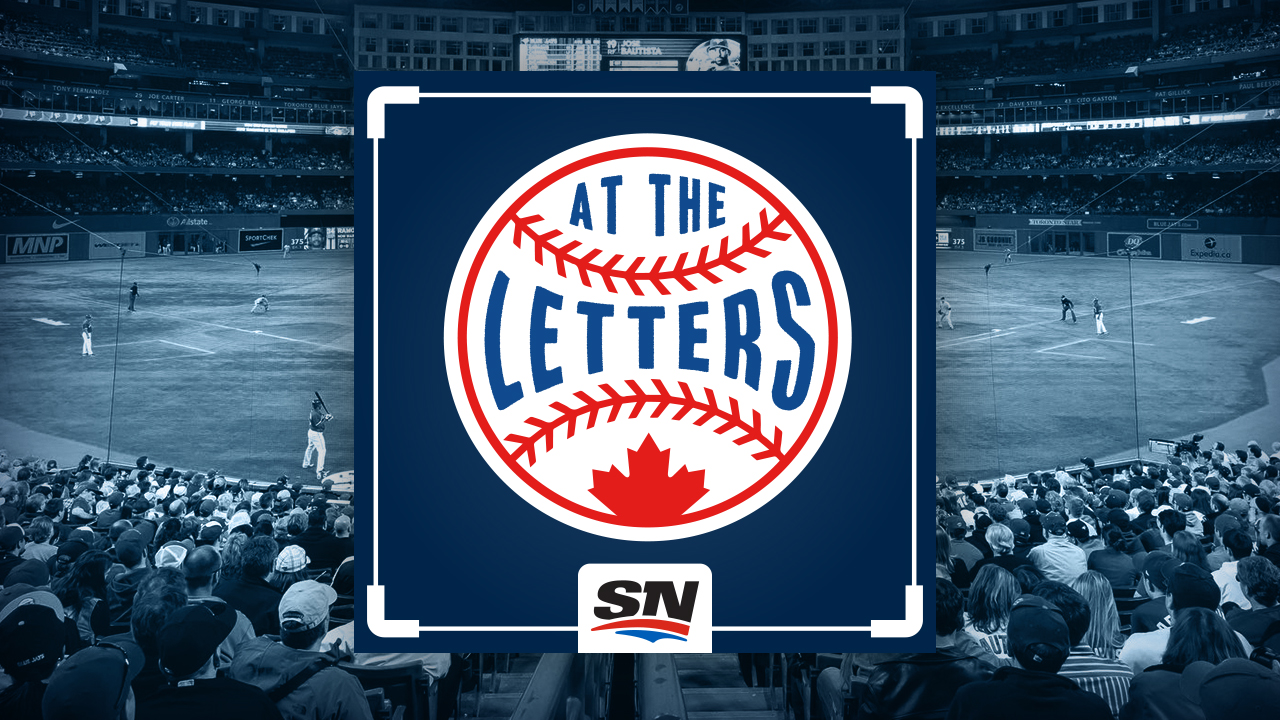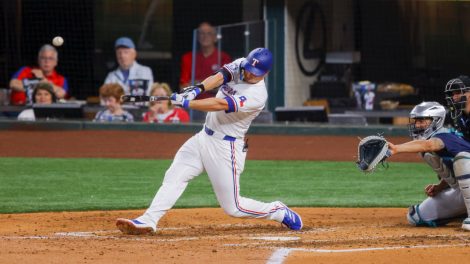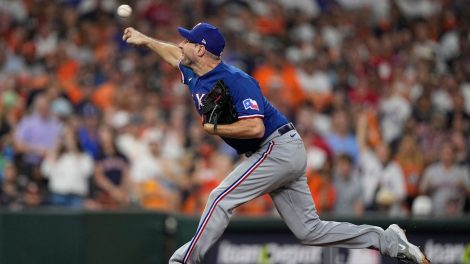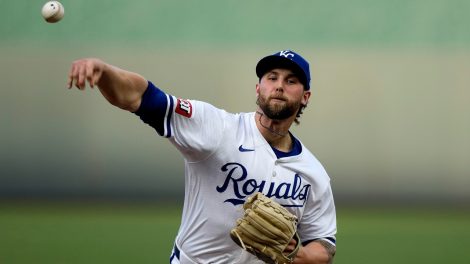TORONTO – There are two elements of the Steve Pearce trade that are particularly important to keep in mind as the Toronto Blue Jays embark on their expiring-contract-selloff bonanza in the weeks to come.
First and foremost, the cash considerations of $1.66 million sent to the Boston Red Sox along with the first baseman/outfielder is noteworthy because at trade deadline time, money is nearly as precious a commodity as quality rental players.
Second is that the Blue Jays traded within the American League East, their first deal of consequence in the division since former manager John Farrell and David Carpenter were sent to Beantown for Mike Aviles on Oct. 21, 2012. (Unless you happen to think last July’s pick up of Rob Refsnyder from the New York Yankees for Ryan McBroom was consequential, which you don’t.)
Let’s start with the money, because the Blue Jays have now leveraged their financial flexibility ahead of every trade deadline since president and CEO Mark Shapiro and GM Ross Atkins took over after the 2015 season.
In 2016, they took on Francisco Liriano’s money to get prospects Reese McGuire and Harold Ramirez from the Pittsburgh Pirates for Drew Hutchison. Last year, they sent Liriano and cash to the Houston Astros and took back redundant outfielder Nori Aoki’s salary to get Teoscar Hernandez.
This year, already, the Blue Jays helped defray slightly more than half of the remaining money on Pearce’s deal to get Santiago Espinal, a 23-year-old shortstop in high-A who Steve Sanders, the Blue Jays’ amateur scouting director, had a hand in drafting while he was with the Red Sox.
Why on earth send money to the Red Sox, you wonder?
Fair question.
Mid-season financial flexibility is not an asset every team has, so adding money can be a challenge for some contending clubs looking to add. In the Red Sox’s case, they’re desperate to stay under the luxury tax threshold, so every dollar saved counts, and to make it happen, they offered up a better prospect that the Blue Jays were willing to, essentially, pay for.
That’s typical of the sliding scale between prospects and dollars changing hands that exists ahead of the deadline, and the Blue Jays’ priority at the moment is adding talent, not saving money.
“We’re fortunate the support of ownership and the support of Mark (Shapiro) that when we do have those opportunities, if it does result in a slightly better prospect, then we’ll use those,” said Atkins. “It was very important to Boston. When that is the case, that usually ends up being better for us if we have the flexibility.”
At this point, the remaining salaries of prime trade candidates like J.A. Happ (pro-rated portion of $13 million), Marco Estrada ($13 million), Josh Donaldson ($23 million), Curtis Granderson ($5 million), Aaron Loup ($1.8125 million), Seunghwan Oh ($1.75 million with a $250,000 buyout or a $2 million 2019 club option), Tyler Clippard ($1.5 million) and John Axford ($1.5 million) are sunk costs for the Blue Jays.
Leveraged properly, they can maximize their returns in a way that the Tampa Bay Rays, for example, didn’t when they traded closer Alex Colome to the Seattle Mariners earlier this season and attached pricey outfielder Denard Span to him.
Conversely, teams that can afford to take on the money can lessen their cost in prospect capital, the way the Washington Nationals did when they acquired Kelvin Herrera from the Kansas City Royals and took on all of the $4.4 million he was still owed. “I think it really affects the player return, obviously,” GM Mike Rizzo told the Washington Post at the time.
The Blue Jays, if they wanted to, could subsidize each of their upcoming trades to get a better prospect return.
“Theoretically yes, we have the support of the organization to do it,” said Atkins. “But it’s always a balance – you don’t just do that. With each opportunity, each negotiation, there’s always a bit of strategy. But what I can tell you from ownership to Mark and throughout baseball operations, everyone realizes the opportunity to acquire talent and how important that is to make the organization better.”
The financial wherewithal also gives the Blue Jays another way to be creative in a potential Donaldson deal, perhaps using money as a way to mitigate some of the risk an acquiring team would take on due to the third baseman’s injury troubles this year. They could also potentially make the return for him conditional on how many games he ends up playing.
Working with the money gives the Blue Jays passageway through all kinds of deadline doors.
Meanwhile, a willingness to deal within the division opens up a few others.
Prior to the Pearce deal, Atkins’ only dealings in the division were the aforementioned Refsnyder trade and another minor swap with the Yankees, sending them minor-league infielder Jonathan Diaz for future considerations.
Alex Anthopoulos, Atkins’ predecessor, made only one trade with an AL East team, sending Farrell to the Red Sox, and before that the Blue Jays hadn’t dealt within the division since a salary dump of Eric Hinske to Boston in August 2006.
The concern with such transactions is that the player a team trades away comes back to haunt it 19 times a season. Atkins conceded that point, saying “it’s always easier to trade a player outside your division because you’re not thinking about how often are we going to be playing this individual, is this individual going to impact our potential win or loss.”
But at the same time, “there’s a process for that, how often you’re going to see the player is a balance for us and that was a balance for them as well.”
In the case of the Pearce deal, “as you weigh alternatives and opportunities, we felt like this one made our organization better.”
Espinal’s progress – he’ll start at high-A Dunedin with a quick promotion to double-A New Hampshire possible – will ultimately determine if that’s the case.
But in starting to flip their pending free agents, the Blue Jays have shifted their focus to the future, and they’ll have more than just their rental players to work with.
[relatedlinks]









